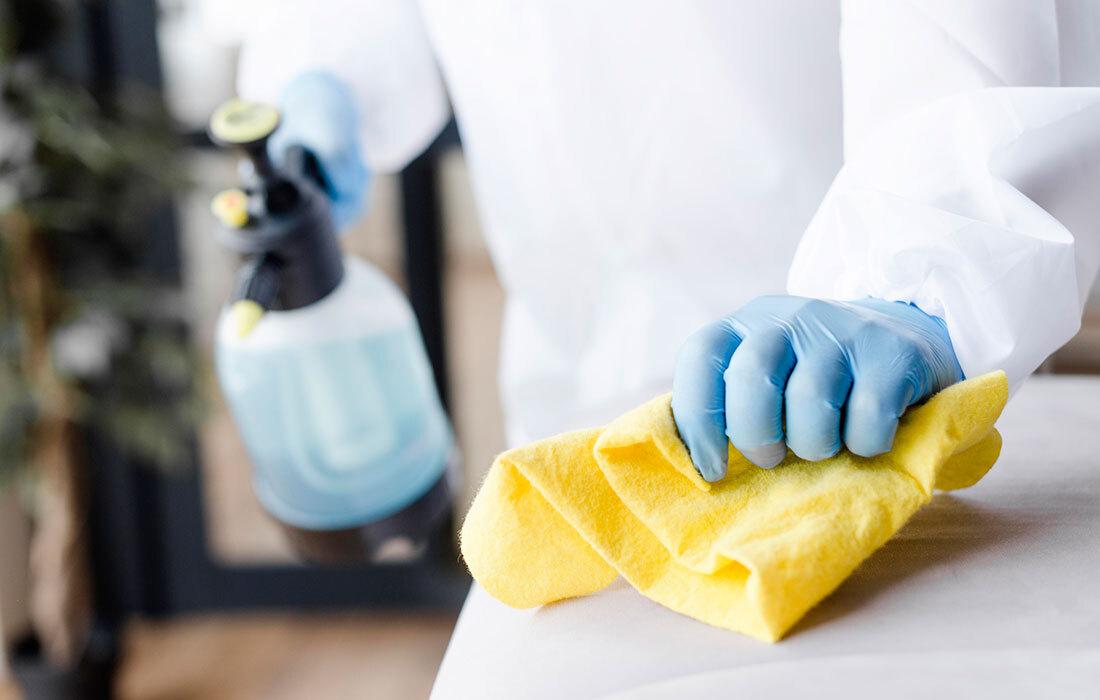Disinfecting Any Surface With Ease: The Many Uses of Disinfectant Sprayers

Overview of Disinfectant Sprayers
Disinfectant sprayers provide an effective way to sanitize surfaces throughout any setting. These sprayers allow users to cover large areas quickly and evenly distribute disinfecting chemicals. Let's take a closer look at the different types of disinfectant sprayers available and their key functions and features.
Manual Sprayers
The simplest disinfectant sprayers are hand-pump models. These manual sprayers contain a bottle that holds the disinfecting solution, with a pump mechanism that pressurizes the liquid and expels it through a nozzle. To operate, the user pumps the bottle several times to build up pressure, then sprays the surfaces while walking around a room.
Manual sprayers are lightweight and affordable, making them a good basic option. However, they can be time-consuming for cleaning large areas. The spray pattern from the nozzle may not be as even as other models. These sprayers work best for quick spot cleaning or sanitizing small spaces.
Battery-Powered Sprayers
Battery-powered Disinfectant Sprayers offer cordless operation for easier mobility. Like manual sprayers, they contain a liquid reservoir that supplies the disinfectant. But an electric pump powered by onboard battery cells pressurizes the liquid instead of manual pumping.
Battery sprayers typically feature an adjustable nozzle and spray settings like stream, mist or fan spray. The rechargeable battery allows continuous spraying for 10-30 minutes, depending on the model, before needing to recharge.
These sprayers are great for healthcare facilities, schools, gyms and other locations requiring frequent sanitization over large areas. The battery power eliminates cord restraints. However, batteries have limited runtime and will eventually need replacing.
Backpack Sprayers
For the most thorough coverage of large indoor or outdoor spaces, backpack sprayers provide superior capacity and flow rate. As the name suggests, these models feature a portable spray unit with straps that a user wears like a backpack.
Contents of the large tank - usually 2-5 gallons - are pressurized either by an electric or gas-powered pump. Nozzles include variable patterns and automatic shut-off to prevent dripping. Digital displays on higher-end models show tank level and other settings.
The chief benefit of backpack sprayers is their ability to treat vast areas quickly without refilling. This makes them extremely useful for industrial and commercial disinfection needs such as agricultural fields, manufacturing facilities, stadiums and more. Their large size is a drawback for smaller-scale residential or daily facility use, however.
Electrostatic Sprayers
An emerging sprayer technology is electrostatic application. These systems use an electrostatically-charged liquid that is attracted to surfaces, coating them with an even layer of disinfecting chemicals.
Electrostatic sprayers feature a nozzle or wand that produces the charged particles from a small reservoir or tank.They achieve up to ten times greater coverage than conventional sprayers. This allows lower chemical volumes to be used while still accomplishing thorough sanitization.
Healthcare facilities have been early adopters of electrostatic sprayers to combat contagious illnesses. Their ability to coat 360-degree around objects makes them highly effective. As the technology advances, electrostatic sprayers may become more affordable and common in additional commercial industries.
Selecting the Right Sprayer Model
In choosing a disinfectant sprayer, consider the following factors:
- Spray Area Size - Manual sprayers work for small jobs, battery for medium, backpack for largest spaces.
- Surface Types - Smooth, non-porous surfaces are best for electrostatic application.
- Budget - Manual sprayers cost least but require more labor. Backpack models demand higher upfront costs.
- Mobility Needs - Battery power offers mobility without cords, backpacks provide capacity for outside areas.
- Cleaning Frequency - Daily sanitizing tasks are simpler with battery models versus refueling backpack sprayers.
- Chemical Control - Precise nozzles and settings allow adjusting droplet size and flow rate as needed.
By evaluating these criteria and understanding the capabilities of each type, facilities and cleaning professionals can select disinfectant sprayers tailored for any sanitation application or environment. Proper equipment makes regular surface disinfection more effective and less of a chore.
- Art
- Causes
- Crafts
- Dance
- Drinks
- Film
- Fitness
- Food
- Games
- Gardening
- Health
- Home
- Literature
- Music
- Networking
- Other
- Party
- Religion
- Shopping
- Sports
- Theater
- Wellness
- IT, Cloud, Software and Technology


